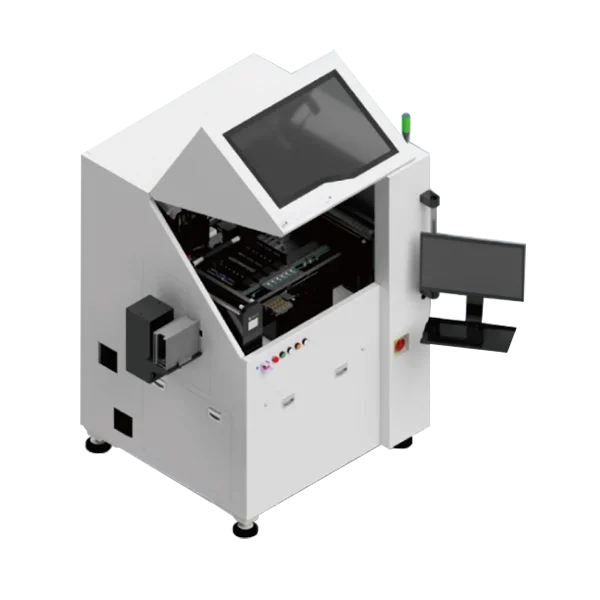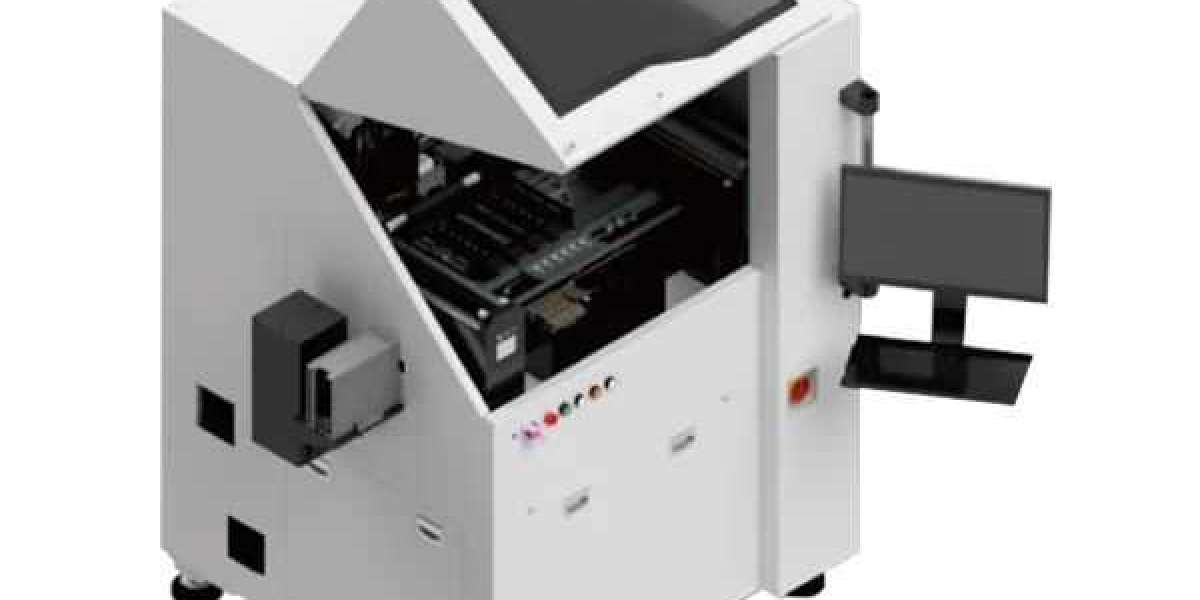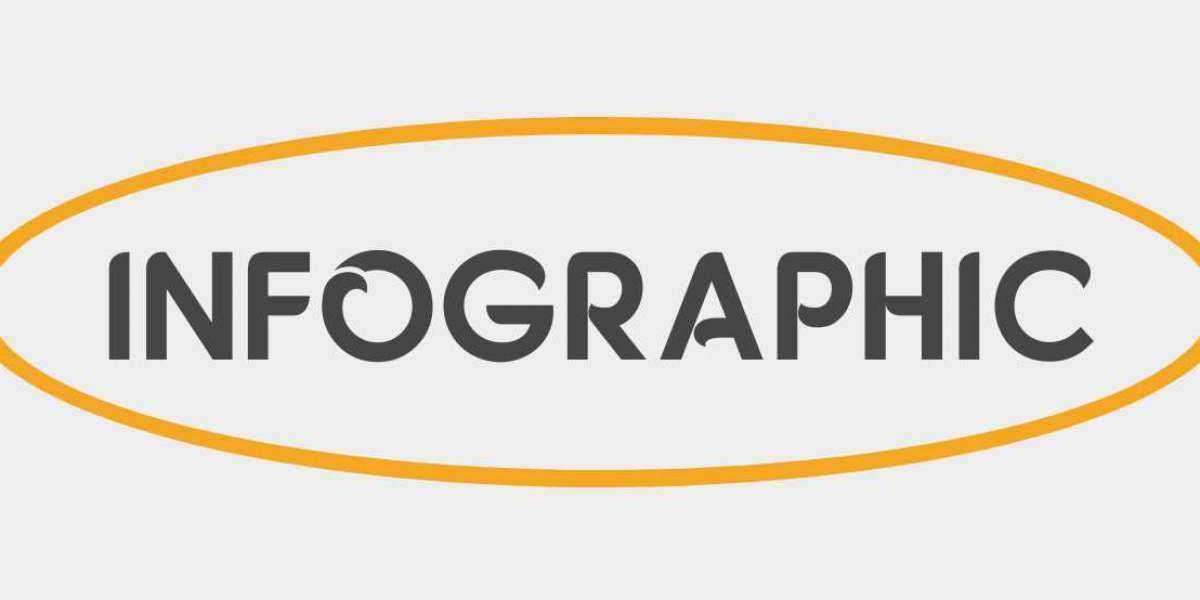In the world of electronics manufacturing, Surface Mount Technology (SMT) plays a crucial role in the production of printed circuit boards (PCBs). SMT pick and place machines are key components of the assembly process, responsible for accurately placing surface mount devices (SMDs) onto PCBs. These machines have evolved significantly over the years, incorporating advanced technical features that enhance efficiency, precision, and overall productivity. In this blog post, Suzhou Lieqi will supply with you the technical features of SMD pick and place machine equipment, exploring how they contribute to the seamless assembly of electronic components.
Technical features of SMD pick and place machine equipment
1. Vision Systems:
One of the most critical technical features of modern SMD pick and place machines is the integration of advanced vision systems. These systems utilize high-resolution cameras and sophisticated algorithms to accurately identify component positions, orientations, and even detect defects. Vision systems enable the machines to align components with utmost precision, compensating for any variations in PCBs or components themselves. This ensures reliable and consistent placement, reducing the chances of errors and improving overall quality.
2. Multi-Head Configurations:
To enhance productivity and throughput, SMD pick and place machines often incorporate multi-head configurations. These machines are equipped with multiple placement heads, allowing them to simultaneously pick up and place multiple components. By reducing the time required for component placement, multi-head configurations significantly increase the overall efficiency of the assembly process. Moreover, they enable the machines to handle a wide range of component sizes and types, further enhancing their versatility.
3. High-Speed Placement:
In today's fast-paced manufacturing environment, speed is of the essence. SMD pick and place machines are designed to meet this demand by incorporating high-speed placement capabilities. These machines can rapidly pick up components from feeders and accurately place them onto PCBs, achieving impressive placement rates per hour. High-speed placement not only improves productivity but also reduces production time, allowing manufacturers to meet tight deadlines and deliver products to market faster.

4. Intelligent Feeder Systems:
Efficient component feeding is crucial for the smooth operation of SMD pick and place machines. To address this, modern machines are equipped with intelligent feeder systems. These systems utilize advanced technologies such as tape feeders, stick feeders, and tray feeders to ensure a continuous supply of components to the placement heads. Intelligent feeder systems can automatically detect and notify operators about component shortages, reducing downtime and optimizing production efficiency.
5. Automatic Component Calibration:
Accurate component placement relies on precise calibration of the pick and place machine. Traditional machines required manual calibration, which was time-consuming and prone to human error. However, modern SMD pick and place machines feature automatic component calibration capabilities. These machines can automatically measure and adjust component positions, ensuring precise alignment and reducing the need for manual intervention. Automatic calibration not only saves time but also improves placement accuracy, resulting in higher-quality PCB assemblies.
6. Software Integration and Connectivity:
To streamline the assembly process and enhance overall efficiency, SMD pick and place machines are integrated with advanced software systems. These software systems provide intuitive user interfaces, allowing operators to easily program and control the machines. Additionally, they enable seamless connectivity with other manufacturing equipment, such as solder paste printers and inspection systems. This integration facilitates data exchange, process optimization, and real-time monitoring, leading to improved productivity and quality control.
Conclusion:
SMD pick and place machines have come a long way in terms of technical advancements. The incorporation of vision systems, multi-head configurations, high-speed placement, intelligent feeder systems, automatic component calibration, and software integration has revolutionized the electronics manufacturing industry. These technical features enhance efficiency, precision, and productivity, enabling manufacturers to meet the demands of today's fast-paced market. As technology continues to evolve, we can expect further innovations in SMD equipment, further optimizing the assembly process and driving the electronics industry forward.
https://www.szlieqi.com/Technical-features-of-SMD-pick-and-place-machine-equipment.html








